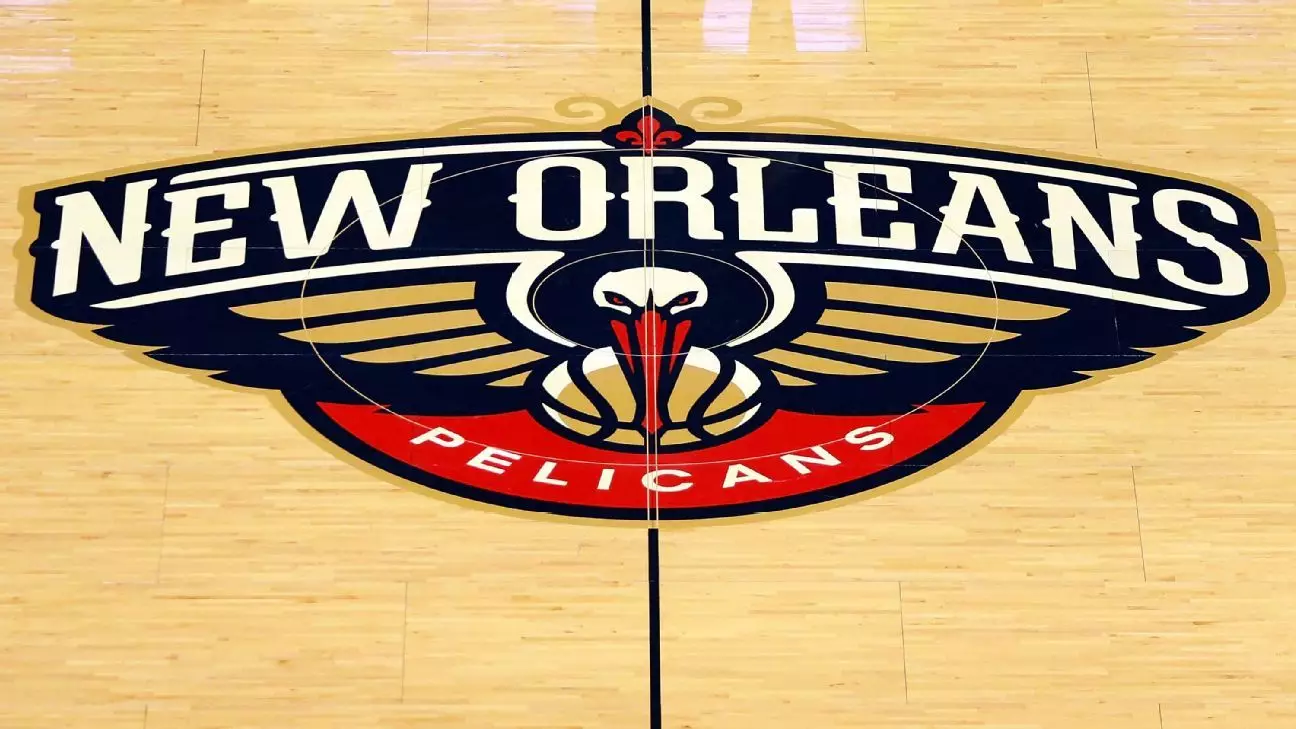On a fateful Wednesday, Willie Green, the head coach of the New Orleans Pelicans, received a message from his father that transcended a simple New Year’s greeting. As the initial sentiments of good wishes gave way to something darker, Green learned that his beloved city was reeling from an unimaginable tragedy. The news struck hard; an Army veteran, in a horrific act of violence, had attacked innocent revelers in the heart of New Orleans, claiming 15 lives and injuring countless others. His palpable devastation was clear in his words, as he confronted the overwhelming realities of living in a world rife with unpredictability and danger.
In moments like these, the impact of violence ripples far beyond its immediate effects. For Green, a coach whose heart ostensibly lies within the tense, yet exhilarating atmosphere of professional basketball, the weight of the tragedy cast a long shadow over a scheduled game against the Miami Heat. “It’s devastating,” Green expressed, as he grappled with the awareness that the joy and vitality associated with the French Quarter, where the attack occurred, had been marred by terror.
As details of the attack surfaced, it became glaringly evident that the repercussions extended deep into the fabric of the New Orleans community. The Pelicans, who call the vicinity of Bourbon and Canal Streets their home, found themselves enmeshed in a chilling reminder of the fragile line between celebration and sorrow. Green voiced the collective sentiments of heartbreak not only for the victims but also for the families who now confront an uncertain future, mired in grief—a reality that resonates deeply with the wider community.
This tragedy has far-reaching implications, stirring fear in the hearts of residents and igniting discussions about safety in public spaces. Green’s reflection on the significance of communal areas as safe havens—places where joy should reign supreme—underscores the broader societal implications of such violence. Schools, churches, festivals: these are spaces meant for peace and celebration, yet the looming specter of violence constantly threatens their sanctity.
The basketball community was not immune to the emotional upheaval. The Miami Heat’s head coach, Erik Spoelstra, articulated the chilling atmosphere that enveloped the team upon learning of the tragedy. Huddled together in a weight room, the news halted their pre-game preparations, marking a poignant moment of reflection. Spoelstra’s acknowledgment of the horror highlights how interconnected we all are, regardless of geographic boundaries.
The pregame moment of silence held by the Heat served as a moving testament to solidarity. It is this camaraderie in times of crisis that offers a glimmer of hope amidst the mourning. Speeches and remembrances remind us that life intertwines in unpredictable ways and that we must reckon with the reality of shared grief.
In the wake of catastrophe, the outpouring of support—both from players and fans—illustrates the resilience of the community. During a broadcast, Pelicans’ commentators expressed their profound sorrow, reinforcing the notion that places like Bourbon Street symbolize not merely a locale for leisure but the very essence of the city’s jubilant spirit. Such sentiments are critical in the aftermath of tragedy; they remind us that while violence seeks to instill fear, the collective response of compassion can foster healing.
Antonio Daniels, a former player turned analyst, poignantly encapsulated this sentiment of resilience. While acknowledging the assault on safe spaces designed for joy, he emphasized the communal strength that arises during a time of sorrow. “My heart hurts for this city,” he said, a statement that resonates deeply with the collective heartache shared by countless New Orleanians.
As the aftermath of this horrific event unfolds, the Pelicans are set to return to their home court, confronted by the realities that have forever altered their city. Scheduled games and sports may never feel the same for many. Yet within this tragedy lies an opportunity—a chance for healing, unity, and reinforcement of community bonds that transcend beyond the game.
Through grief and contemplation, New Orleans will rebuild and recover, leaning on each other as they navigate the healing process ahead. The resilience of this vibrant city lies not only in its iconic architecture and exuberant culture but also in the indomitable spirit of its people, who will continue to rise in defiance against despair. In the face of senseless violence, communities must come together, forge ahead, and work tirelessly to ensure peace reigns once more.


Leave a Reply